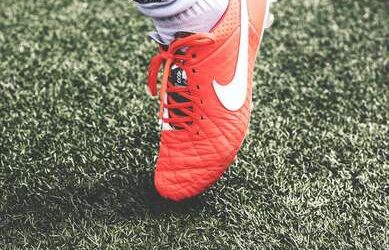Strains and sprains are words that are used almost interchangeably when describing injuries, however they each have quite distinct meanings. The most straightforward explanation is that a “strain” refers to an injury in a muscle or tendon, while a “sprain” refers to...
AC (Acromioclavicular) Joint Sprains
What is it? The AC (acromioclavicular) joint is a thick fibrous joint that connects the top of the shoulder blade to the outer end of the collarbone. The joint is required to be strong and supportive and is the primary way in which weight-bearing forces are...
What is a high ankle sprain?
Essentially, the ankle consists of three bones, the tibia, fibula and talus, all held together by thick fibrous ligaments. The bottom parts of the tibia and fibula (shin bones) join together and surround the talus in such a way that it is able to rock forwards and...
Wrist Sprains
What is a wrist sprain? Wrist sprains are a general term used to describe any injury to the wrist that doesn’t include a fracture, but is most likely to be a ligament injury. While this can indicate that they are not serious injuries, wrist sprains can be complicated...
Can poor balance lead to sprains?
Ankle sprains are one of the most common sporting injuries and most people have experienced one at least once in their lifetime. While they are common, this doesn’t lessen their negative impacts. Surprisingly, having poor balance might be increasing your risk of ankle...





